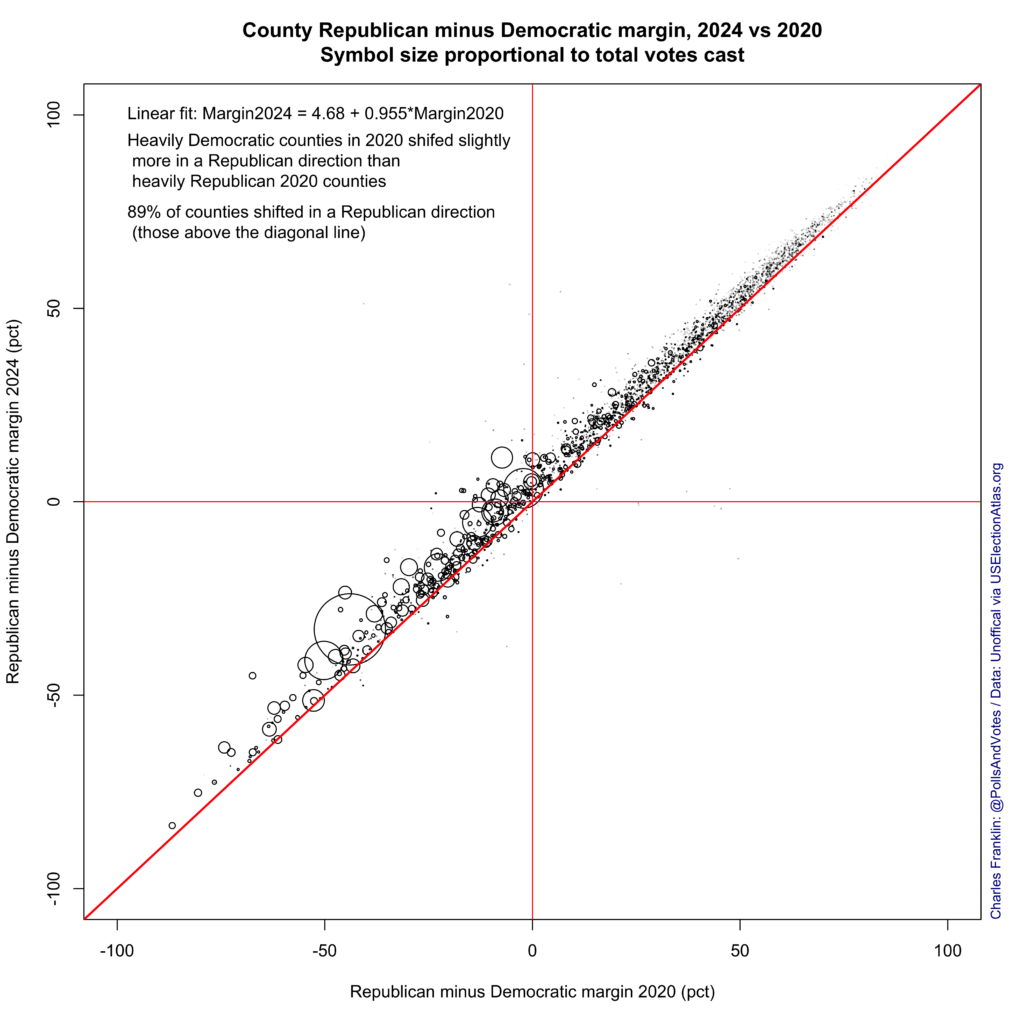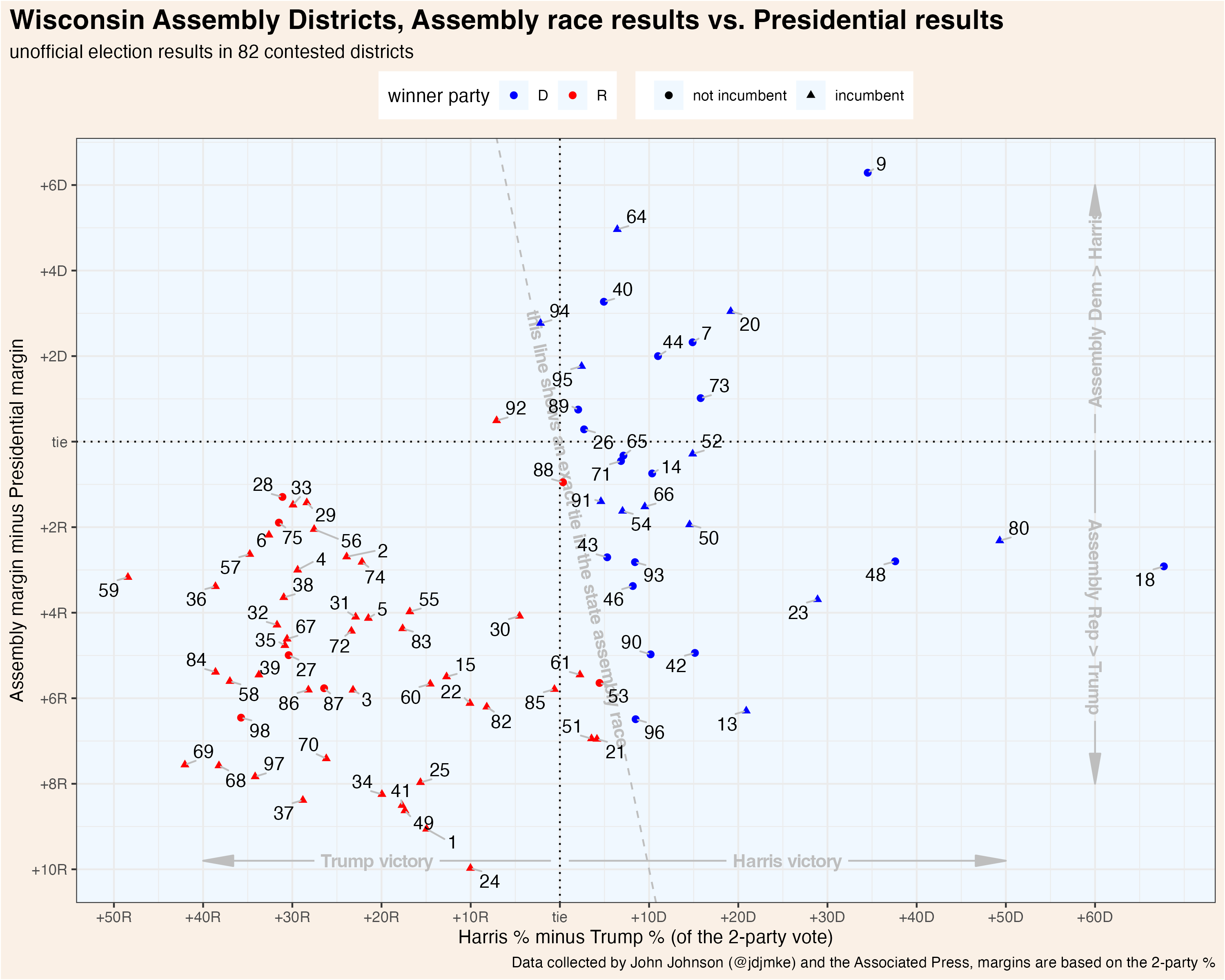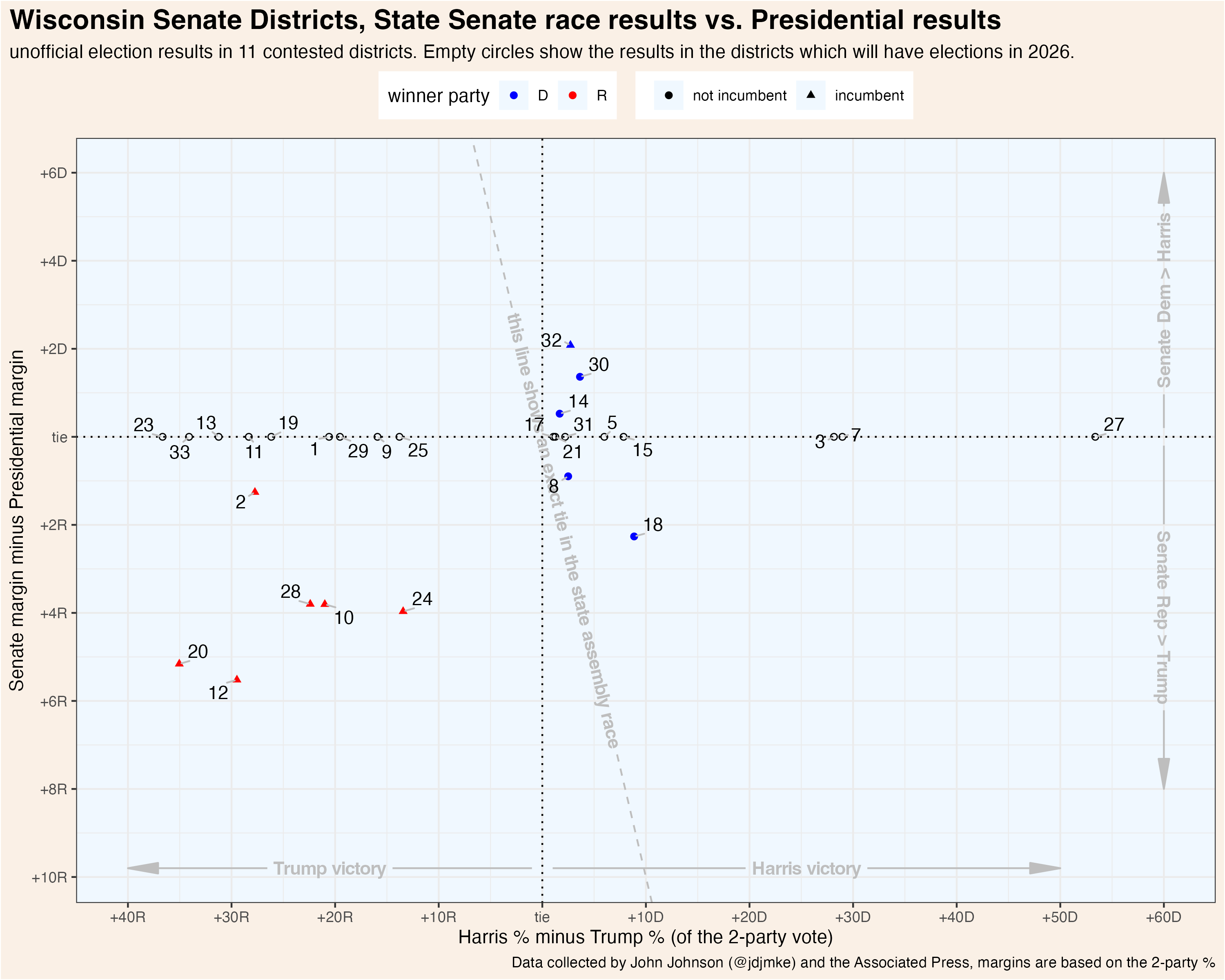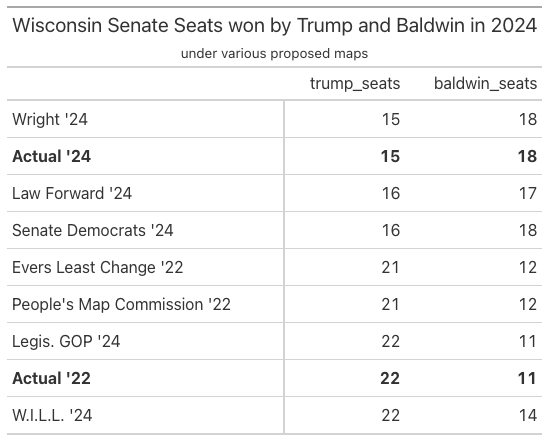Looking Back, Giving Thanks
 Thanksgiving truly is an extraordinary celebration. Its invitation to pause and take inventory of the people whom and events in our life that we are grateful for quietly renews one’s spirit.
Thanksgiving truly is an extraordinary celebration. Its invitation to pause and take inventory of the people whom and events in our life that we are grateful for quietly renews one’s spirit.
This year stood out as I looked back and gave thanks because my reflection is colored by my impending retirement after more than 29 years at Marquette University. I continue to be filled with a deep sense of gratitude for the people I’ve met during nearly three decades of assisting benefactors—men and women who stepped forward to make a difference in the lives of others.
Among the countless memories that come to mind, I want to offer one recent experience as illustrative of the grace that is an integral part of the fabric of philanthropy. Earlier this fall we received a generous six-figure gift from Adrian P. Schoone, Class of 1959. Adrian was born and raised in rural Lincoln County, Wisconsin. Rising from humble roots, he was the first in his family to attend college let alone pursue professional training, and yet he excelled as a student, being selected editor-in-chief of the Marquette Law Review and finishing first in his class.
The purpose of his gift is to fund an endowed scholarship that each year will support part of the tuition of the editor-in-chief of the Marquette Law Review. The award will be a fitting capstone for a third-year law student following in the footsteps of this distinguished alumnus who forged a career as a noted trial lawyer but later set his personal interests on hold, dedicating a year to travel throughout Wisconsin in service as state bar president. The story of this one gift speaks to a higher, shared value that the Law School seeks to instill in each future Marquette lawyer entrusted to our care. It speaks to the restless pursuit of excellence—a seed that germinates while one is a student but first comes to fruition over the full course of time.
This gift in a sense encapsulates many of my own hopes and aspirations of the past twenty years since joining Dean Kearney to work in partnership with Associate Dean Wilczynski-Vogel to help advance the mission of the Law School. Having held other positions within University Advancement for a decade, I was recruited to team up with the dean and Christine and many others to assist in the comprehensive fundraising effort that resulted in the building of Ray and Kay Eckstein Hall—still regarded as the finest law school facility in the nation.
What I did not realize at the time I said yes, in 2005, was how profound this decision would soon become not only for me personally but for scores of others who are the true beneficiaries of three decades of collective labor. I am truly a better person for having had this privilege to serve. Memories abound—enjoying the best Reuben sandwich served up in Cassville, Wisconsin, with the late Ray and Kay Eckstein, musky fishing the Flambeau River with Marquette lawyers, or meeting the late Justice Antonin Scalia with Bob Greenheck. My career has taken me to places never imagined. For all these experiences and so much more, I am grateful.
Most of all, I am moved by what our benefactors do so willingly for our students. I will speak to them directly in closing: Your generosity speaks to a higher love—one predicated on your belief and hope in the next generation of Marquette lawyers and their ability to make this world a better place. I join you in your optimism for the future—a life lesson gleaned from looking back and giving thanks.




